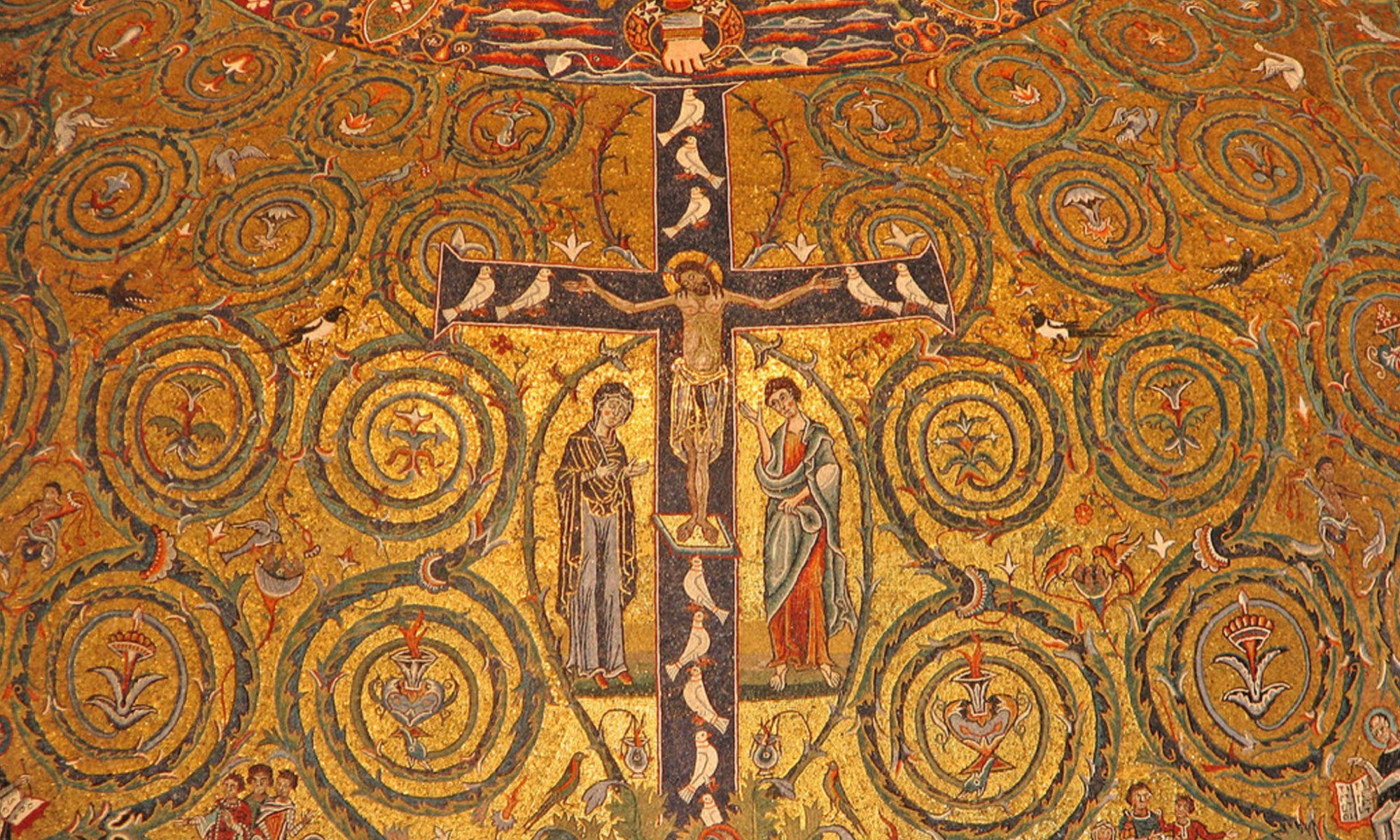This three-month period of Sabbath renewal has been a blessing to me – including my monastic companions here at a Benedictine monastery. Their Rule and way of life offer so many lessons, and I will be glad to share some of them in the weeks ahead.
I had the joy, last month, of traveling to Oregon to join in the celebration at Mount Angel Abbey as five monks made their solemn profession of vows. I wept as I watched the monks freely and wholeheartedly giving themselves over in vows of obedience, stability, and ongoing repentance in their faithfulness to the Benedictine way of life.
The vow ceremony includes stunning rituals that invite the monks into a dying and rising with Jesus. I felt deeply stirred with desire and longing, as Jesus continues inviting me to open my own heart to both sorrow and joy as I learn to abide in love and truth. Over the past four years of my life, I have learned again and again that I cannot experience the intensity of joy without also welcoming the depths of sorrow; I cannot exalt in the surprise of the resurrection without a willingness to enter the heartache of Good Friday and Holy Saturday. The Lord keeps gently inviting me to open my heart freely and fully, assuring me that those who embrace poverty and mourning will be truly blessed by the Father. The vow ceremony gave me so much encouragement and assurance of God’s covenant faithfulness to his promises, and was truly a taste of the feasting we will all share in the Kingdom.
The abbot presided over the vow ceremony – he who will be a longstanding spiritual father to these men in their years ahead. He beckoned them forward lovingly and then asked them what they were seeking. Their response: “I desire to share in the sufferings of Christ in this monastery until death, that I may also share in his glory.”
He spoke to them of the seriousness of the covenant they were about to enter: “I set before you a way of life, which images that of the Lord himself.” It is a renunciation and a dying, but also a claiming of the victory of the Cross. They freely responded “I do” to their vows, and then, one by one, read and displayed to the congregation their signed covenantal letter. The abbot tenderly took each one by the hand and led them to the altar, where they put pen to paper and sign their statement.

Then came the Suscipe prayer, which moved me so deeply that I am still returning to it in my prayer a month later. The five solemnly professed monks processed up the aisle and three times paused to extend their arms out horizontally and cry out to the Father: “Accept me, O Lord, as you have promised. Accept me, and I shall live. Do not disappoint me in my hope!”(Psalm 119, verse 116). I was struck by their posture in making this prayer. It evokes Jesus’ dying on the Cross, but they are also presenting themselves like little children begging daddy to pick them up and embrace them. They are choosing to be totally vulnerable, to risk all, to open themselves up in hope – and surrendering themselves into the Father’s hands. How often have I resisted abiding in hope – it definitely hurts to desire but not yet fully possess. It feels so much easier to distract myself from the longing than to stay in it! Over the years, my heart has both longed for and resisted being taken up into the Father’s hands. This attitude makes sense – given that I have often felt betrayal and powerlessness. The ritual stirred a fire in my heart that melted much of my ambivalence.

My mask was only beginning to be drenched with my tears as they proceeded with the ancient burial ceremony. In front of me this whole time had been one of five black cloths draped over the pew. The five newly professed monks prostrated themselves on the floor as the mentor who had guided them on their journey draped one of these burial cloths over each of them. Meanwhile we somberly chanted words that echo Colossians 3:3 “I have died, and my life is hidden with Christ in God. I shall not die but live, and proclaim the works of the Lord!”

The abbot proceeded with the offertory of the Mass – offering to God not only gifts of bread and wine, but these five newly professed monks. All was to be transformed by Jesus, taken up into the mystery of his dying and rising. The abbot incensed not only the gifts on the altar, but the five prostrate (and “buried”) monks. As all of us priests gathered around the altar for the Eucharistic prayer, the five monks remained in front of us, beneath the veil of death.

Following the Great “Amen,” as the congregation rose to pray the Our Father together, the schola joyfully chanted, “All you who sleep, awake, awake! Rise from the dead! Christ has enlightened you!” And the monks rose to new life with Christ. My heart soared with joy as I watched each of them re-emerge into the light.
The life of a monk is an already-but-not-yet. Even now they claim a foretaste of both the dying and rising of Jesus. Even now they gain a glimpse of his glory. I certainly enjoyed a taste of the goodness of God’s Kingdom that Saturday morning on the Mount of Angels in Oregon, as I shared the experience with them. Such joy never lingers forever, but reminds us of the good things to come!
You can view livestream footage for the entire vow ceremony here.


Thanks for the personal insight.